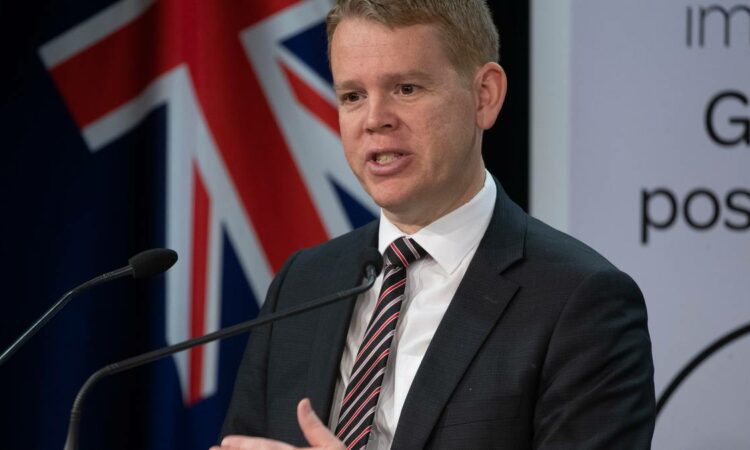The Government is looking at publicly announcing when MIQ vouchers will be released in an effort to beat the bots.
And Covid-19 Response Minister Chris Hipkins says reopening the transtasman quarantine-free bubble will depend on whether the outbreak in New South Wales is contained, and if not, whether any cross-state seepage can be prevented.
Many Kiwis overseas wanting to come home have been frustrated by the use of bots or scripts to quickly snap up MIQ vouchers, which are currently all taken until the end of November.
Some people have even resorted to paying thousands of dollars to tech-savvy people to gain an advantage.
Head of MIQ Megan Main has previously said it isn’t a system issue, but a demand issue, but Hipkins said yesterday that the Government was looking at how to make the system fairer when demand exceeds supply.
Today in the House Hipkins said a bot couldn’t secure a booking, but it could give people a head-start by alerting them to when vouchers are being released.
“One of the things we are looking to do is make sure we’re foreshadowing when we’re going to be releasing extra vouchers so everyone gets an equal opportunity at that.”
The Government was also looking at a “range of alternatives”, he said.
“That could be anything from a wait-list system to a ballot system to a prioritised system … there are a lot of people who do want to come into New Zealand at the moment.”
The Government suspended the transtasman bubble on July 30, and Hipkins laid out what Cabinet expected to happen before it could be reopened.
“Ministers will need to be certain that the outbreak with NSW and within wider Australia is contained, that any remaining cases are generally linked, and that we don’t see a large number of cases in the community.”
That didn’t mean that the bubble would never open until the outbreak in NSW was beaten, he said, but at the moment cases are leaking from NSW into other states.
There would need to be a “good clear demarcation” between states to prevent anyone travelling from a Covid-ravaged state into one with an open bubble, from where they could fly to New Zealand.
Hipkins said the number of daily cases didn’t need to drop to zero, but cases that weren’t linked to others and which had been out in the community would continue to be red flags.
Delta had changed the risk profile, he said, and the Government was looking at strengthening its border defences as a result.
That included looking at an additional test for people in MIQ between their tests of day 3 and 12, and using other testing technologies to make extra tests in MIQ less invasive.
He said expanding MIQ space was always being looked at, but the difficulties were more about the workforce – the Defence Force and healthcare workforce are already “stretched thinly” – than finding suitable physical buildings.
Hipkins said about 9 per cent of vaccine doses delivered so far had gone to Māori, but the level of inequity across all age groups was partly due to the fact that Māori don’t live as long as non-Māori.
“That has had an impact on our vaccination stats.”
It was “unacceptable” that Māori don’t live as long, he added.
He said he was making it clear to DHBs that they need to have a “good focus on equity in the ongoing rollout”.
Source: Read Full Article

/cloudfront-ap-southeast-2.images.arcpublishing.com/nzme/JVOVITCVSKU6AGSOPXOBCYH2AY.jpg)
/cloudfront-ap-southeast-2.images.arcpublishing.com/nzme/YQWQJVBWFR4YZCCXQLTXET4R3U.jpg)